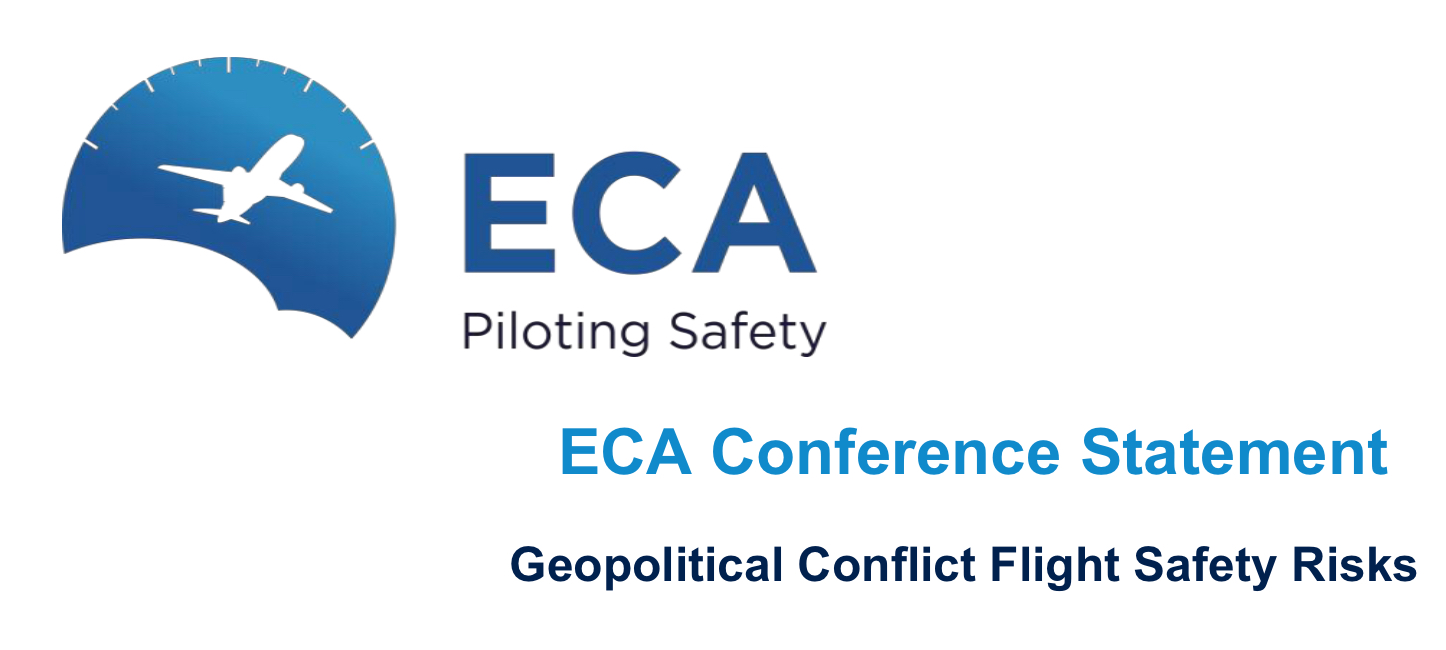EBBR Tailwind vs Noise

Why is Tailwind During Landing a Safety Risk?
Landing with a tailwind presents significant challenges for aircraft performance and operational safety. The risks associated with tailwind landings include reduced control, increased landing distance, and heightened susceptibility to adverse conditions.
- Increased Landing Distance:
- Tailwinds reduce the effective lift and braking performance of the aircraft, requiring a longer runway distance to stop safely.
- Unstable approaches:
- A tailwind increases the ground speed during approach, requiring an increased rate of descent. This amplifies the risks of an unstable approach, which is a major cause of runway excursions.
- Impact on Go-Arounds:
- Tailwinds can complicate go-around procedures by reducing climb performance and increasing workload during an already critical phase of flight.
BeCA’s Position on Tailwind Landings
BeCA advocates for a holistic approach to managing tailwind landings, emphasizing the need to balance safety with environmental and operational considerations. Our position highlights the importance of integrating innovative solutions and risk assessments to address the complexities of modern aviation.
- Safety-First and Holistic Risk Management:
- Safety must remain the top priority, but it should be addressed through a comprehensive evaluation of all relevant factors, including runway conditions, weather, aircraft performance, and operational demands.
- Integration of Advanced Solutions:
- BeCA strongly supports the adoption of modern technologies and procedures, such as 4D trajectories, Continuous Descent Operations (CDO), and Required Navigation Performance (RNP) approaches, to optimize flight paths and enhance operational safety while minimizing environmental and noise impacts.
- Balancing Noise, Environmental, and Safety Concerns:
- Tailwind landings are often influenced by noise abatement and environmental considerations. BeCA encourages the use of innovative strategies to harmonize these factors with safe operational practices, ensuring minimal disruption to surrounding communities without compromising safety.
- Collaboration and Training:
- BeCA emphasizes the importance of collaboration among pilots, air traffic controllers, airport authorities, and regulators to develop coordinated policies. Enhanced training for pilots to manage tailwind landings safely and efficiently is also a key priority.
- Dynamic and Data-Driven Decision-Making:
- Airports and operators should employ dynamic, data-driven decision-making processes to evaluate the risks and benefits of tailwind landings in real-time, ensuring that decisions align with safety and operational best practices.


